These 12 New Museum Exhibitions Are Fall Must-Sees
Shrunken heads, punk rock and robots make for an action-packed autumn
/https://tf-cmsv2-smithsonianmag-media.s3.amazonaws.com/filer/fa/4d/fa4d5295-d8ba-4abc-baaa-cd4a04c16f36/171.jpg)
As summer wraps up, museums across the country are starting to launch new and exciting fall exhibitions. Some have traveled to new locations and others are never-before-seen explorations of society's present and past. Either way, they're an excuse to indulge in the cultural bounty of American museums during a fresh new season. Discover the history of tattoos, admire artwork on guitars, explore historical challenges for women, or try out a piece of sculptural clothing—just don’t miss these 12 new exhibitions around the U.S. this autumn:
The Field Museum – Tattoo
(Chicago, IL, October 21, 2016 – April 30, 2017)
Thanks to the generosity of an anonymous donor, visitors to the Field Museum this fall can learn about the history of tattoos, an art form that stretches back more than 5,000 years. Browse 170 objects telling the story of tattoos, from a tattoo stamp used to ink designs for 17th century Christian pilgrims on the way back from Jerusalem to the very first electric tattooing machine. And don’t miss the Ötzi portion, a naturally mummified man from 3330 BC who was found in the Italian Alps—he’s covered in 61 tattoos. Initially developed in Paris at the Musée du quai Branly - Jacques Chirac., the exhibition is in the United States for the first time at The Field Museum.
The Metropolitan Museum of Art – Jerusalem 1000-1400: Every People Under Heaven
(New York, NY: September 26, 2016 – January 8, 2017)
More than 200 pieces (with almost a quarter of them from Jerusalem) from about 60 worldwide lenders are gathered for this exhibition, which explores how the Holy City shaped art from 1000 to 1400. The exhibition tackles six aspects of medieval Jerusalem: trade and tourism, diversity, holiness, holy war, generosity and the promise of eternity. Illuminated manuscripts, jewels, and metalwork will be on display alongside art pieces depicting life in Jerusalem throughout those centuries.
National Museum of American History – Everyone Plays: Sports and Disability
(Washington, D.C., October 1, 2016 – March 19, 2017)
Each year, thousands of athletes with disabilities participate in organized games like the X Games and the Paralympic Games. The National Museum of American History celebrates their accomplishments with this new exhibition, which celebrates innovation in adaptive sports and the athletes that use adaptive equipment. Highlights include equipment some athletes altered themselves (like double amputee Buddy Elias’ snowboard with crutch rig), prosthetic socks and feet used by Olympic bronze medalist Amy Purdy, and Mike Schultz’ motocross bike.
GRAMMY Museum – Hey! Ho! Let’s Go: Ramones and the Birth of Punk
(Los Angeles, CA, September 16, 2016 – February 28, 2017)
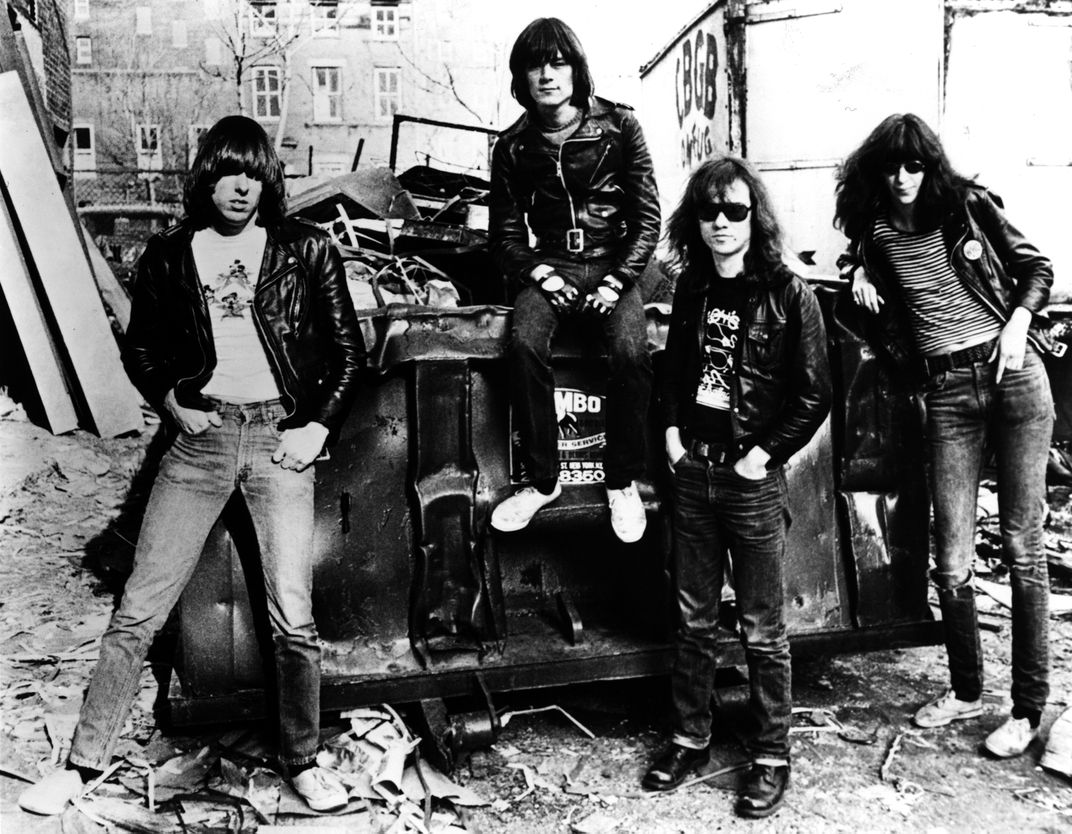
After a run at the Queens Museum in New York, the Ramones are heading to Los Angeles. This exhibition is timed with the 40th anniversary of the Ramones’ self-titled album, which launched the band’s career. Items on display are drawn from more than 50 public and private collections around the world, and the L.A. stint will explore how the band fits into the overall patheon of musical history. In addition to instruments and personal memorabilia from the band, materials from a long list of people involved with the Ramones will be shown—like Arturo Vega, who helped design the Ramones’ logo, and Linda Ramone, Johnny Ramone’s wife.
San Francisco Museum of Modern Art – Japanese Photography from Postwar to Now
(San Francisco, CA, October 15, 2016 – March 12, 2017)
As part of the museum’s expansion earlier this year, SFMOMA welcomed the new Pritzker Center for Photography. This exhibition will be housed in that new space, showing more than 200 photographic works from postwar Japan, when the country first began producing camera equipment and film. The exhibit is organized thematically, exploring Japan’s relationship with the U.S., the emergence of women as influential Japanese photographers, and changes in the cities and countryside.
Racine Art Museum – Sensory Overload: Clothing and the Body
(Racine, WI, September 23, 2016 – December 30, 2016)
Explore clothing as an extension of the human body at the Sensory Overload exhibition. While everything on display is wearable, the pieces present a sculptural and conceptual look at clothing that shows how the body can be an integral part of fashion presentation. Some pieces in the exhibition are meant to impede movement of the wearer, some are just accessories—but all of the items are meant to investigate cultural issues tied to the body.
The Franklin Institute – Robot Revolution
(Philadelphia, PA, October 8, 2016 – April 2, 2017)
In conjunction with Google and Boeing, the Franklin Institute looks at the robot technology that’s slowly taking its place in modern culture. Forty different robots interface with guests who can learn about how robotics is changing the face of our world and what they can (and will eventually) do to help humans. As an added bonus, several of the robots are interactive. Play tic-tac-toe or a game of 21 against a robot, or pet a baby seal robot that reacts to your touch.
Illinois Holocaust Museum & Education Center – Women Hold Up Half the Sky
(Skokie, IL, September 25, 2016 – January 22, 2017)
The book Half the Sky: Turning Oppression Into Opportunity for Women by Pulitzer Prize-winning journalists Nicholas Kristof and Sheryl WuDunn inspired this exhibition, which looks at the challenges women face in the modern world. The exhibition tackles everything from maternal health to violence and human trafficking. At the end of the exhibition, visitors can use interactive technology to connect with legislators and urge them to take action on the topics at hand. It also comes with a full slate of women-centric programming that explores topics like teen girls in the world today and women in the Holocaust. Come for the artifacts; stay for poetry slams, film screenings and panel discussions.
Peabody Museum of Archaeology & Ethnology – Nasca Ceramics: Ancient Art from Peru’s South Coast
(Cambridge, MA, October 1, 2016 – September 3, 2017)
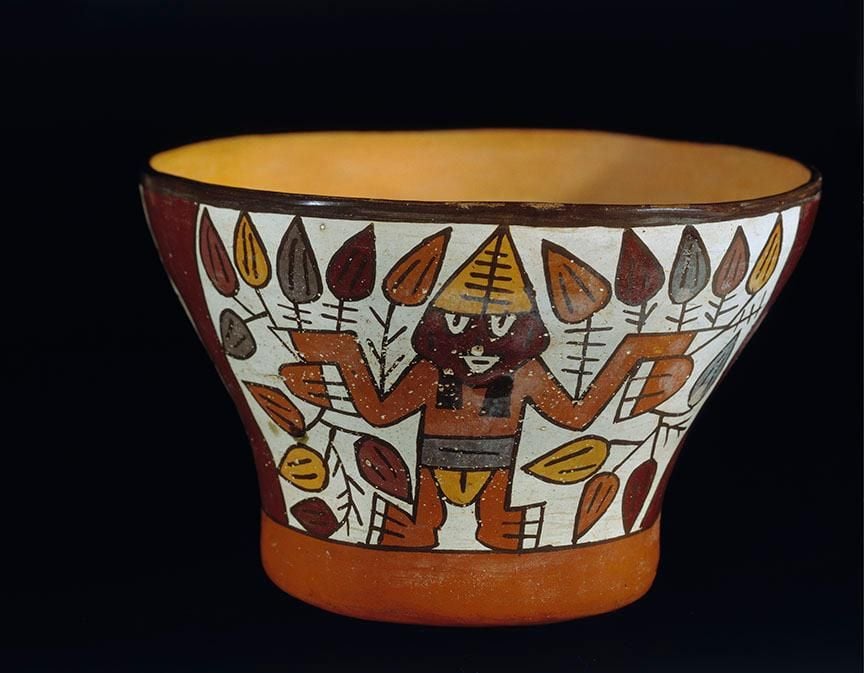
The Nasca people of southern Peru are best known for the large-scale, animal-shaped Earth artwork that can be seen from above. But the culture doesn't have to be viewed from the air to be appreciated—in this exhibition, Nasca art from when the culture flourished 2,000 years ago bring the people's accomplishments to light on a smaller scale. On display are pottery bowls, jars, and plates with colors derived from 15 mineral pigments. The designs provide a unique look into the beliefs and customs that flourished during the Nasca people's heyday.
Musical Instrument Museum – Dragons and Vines: Inlaid Guitar Masterpieces
(Phoenix, AZ, November 5, 2016 – September 4, 2017)
This never-before-seen exhibition showcases 30 different instruments—guitars, banjos, and one ukulele—all decorated with intricate inlaid artwork. The designs on each piece are made with from abalone shell, mother-of-pearl, gold, copper, wood, and more. Inlay artists work diligently to place the materials mosaic-style into the instruments, creating a unique piece of art that can represent everything from classic artworks to a particular musician’s life story. Highlights include an intrricate dragon guitar with 90 percent of the surface covered with inlay and a gospel guitar that totes an exact replica of a medieval illuminated manuscript page.
Country Music Hall of Fame and Museum – Charlie Daniels: Million Mile Reflections
(Nashville, TN, September 23, 2016 – March 31, 2017)

The devil went down to Nashville for the new Charlie Daniels exhibition at the Country Music Hall of Fame. The musician began his career in the 1950s and went on to work with other musical greats, including Elvis, Bob Dylan, and Leonard Cohen. Visitors can explore Daniels’ legacy with costumes, instruments, awards, childhood mementos and never-before-seen photographs.
The Houston Museum of Natural Science – Mummies of the World
(Houston, TX, Opens September 24, 2016)
Get ready to get spooky: This September, a traveling exhibition compiling mummies and related artifacts from 12 museums, organizations, and collections worldwide comes to Houston. The mummies come from every region of the world and guests can take advantage of cutting-edge, multimedia technology to learn about the culture and process of mummification. The exhibition doesn’t just show human mummies; check out the cat mummy on display, along with a dog, crocodile, fish, and falcon, all courtesy of the ancient Egyptians. Adding to the gruesome fun: a collection of shrunken human heads.
Planning Your Next Trip?
Explore great travel deals
Smithsonian magazine participates in affiliate link advertising programs. If you purchase an item through these links, we receive a commission.
/https://tf-cmsv2-smithsonianmag-media.s3.amazonaws.com/accounts/headshot/JenniferBillock.png)
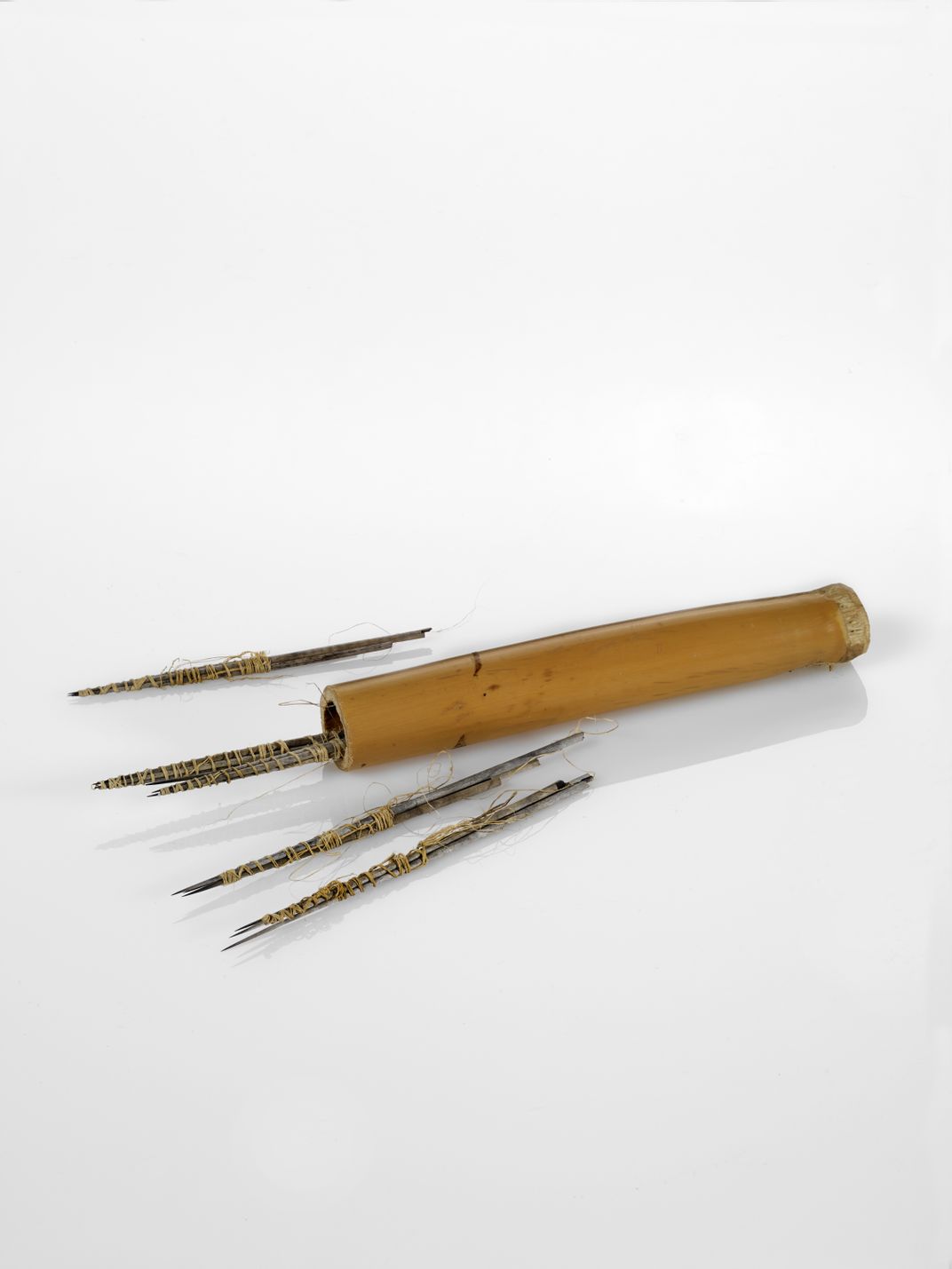
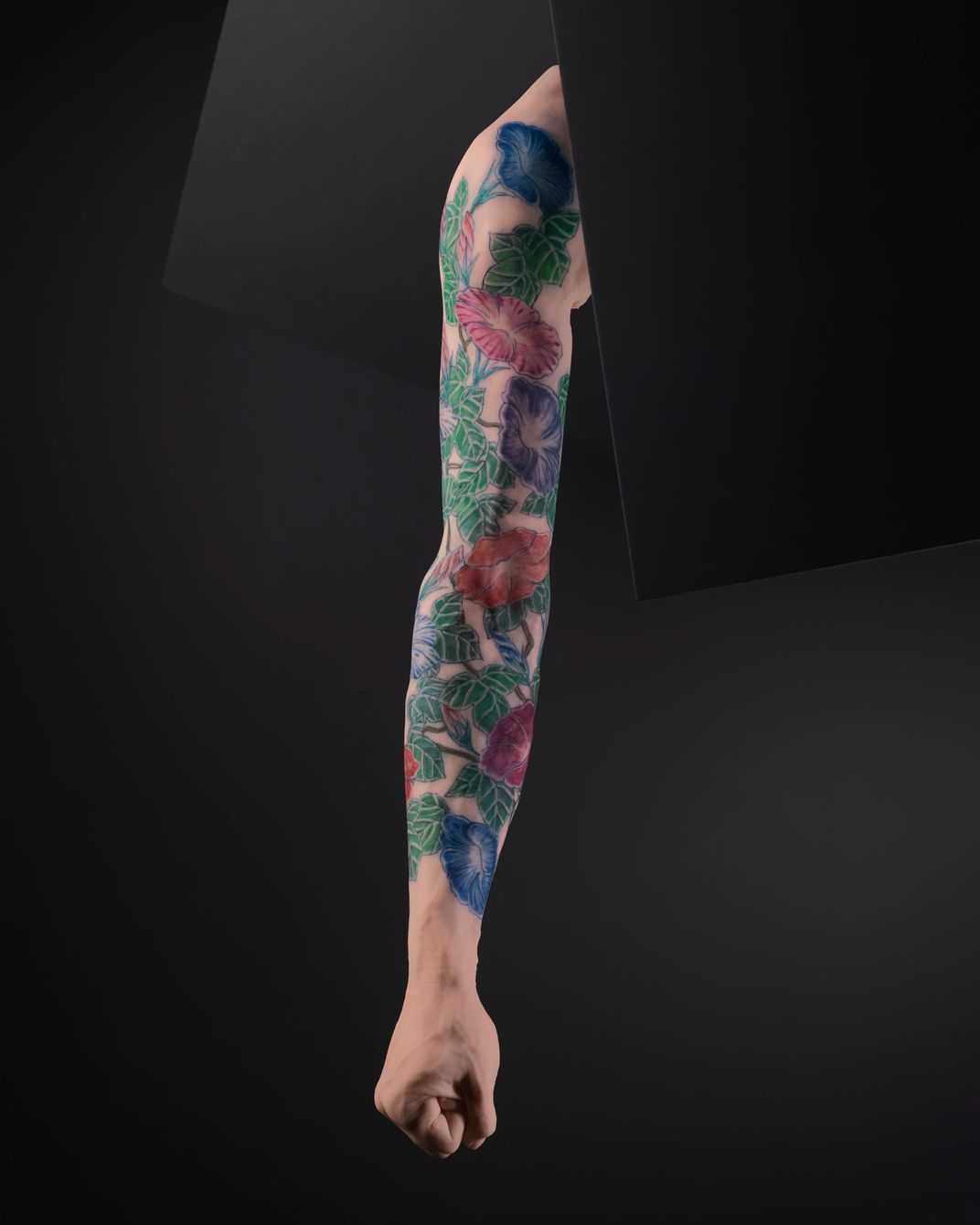
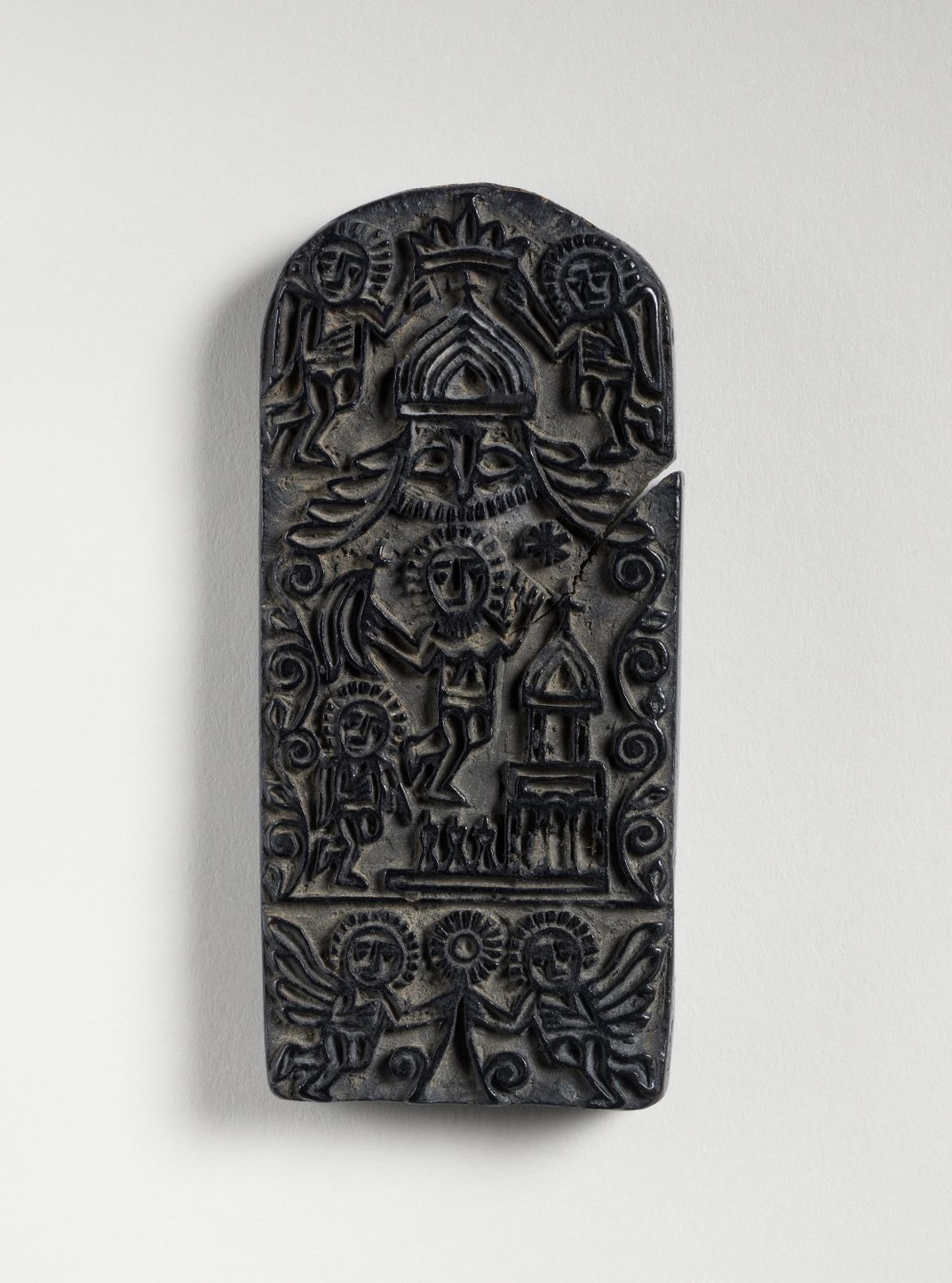


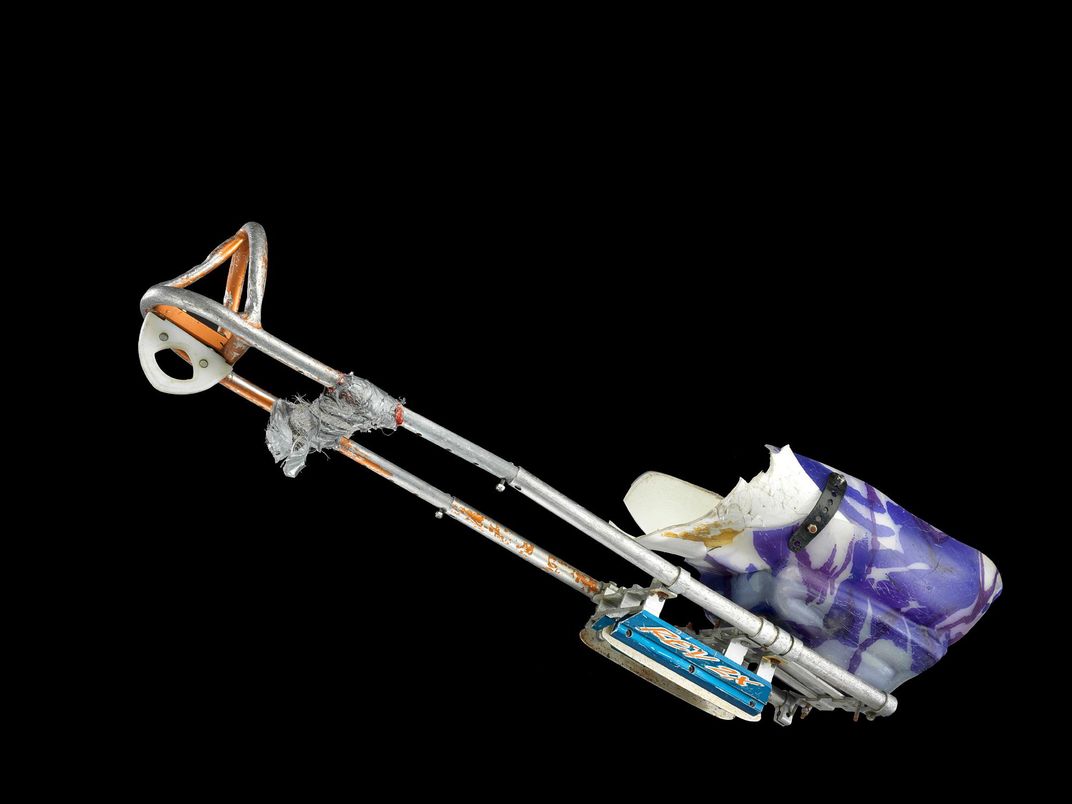
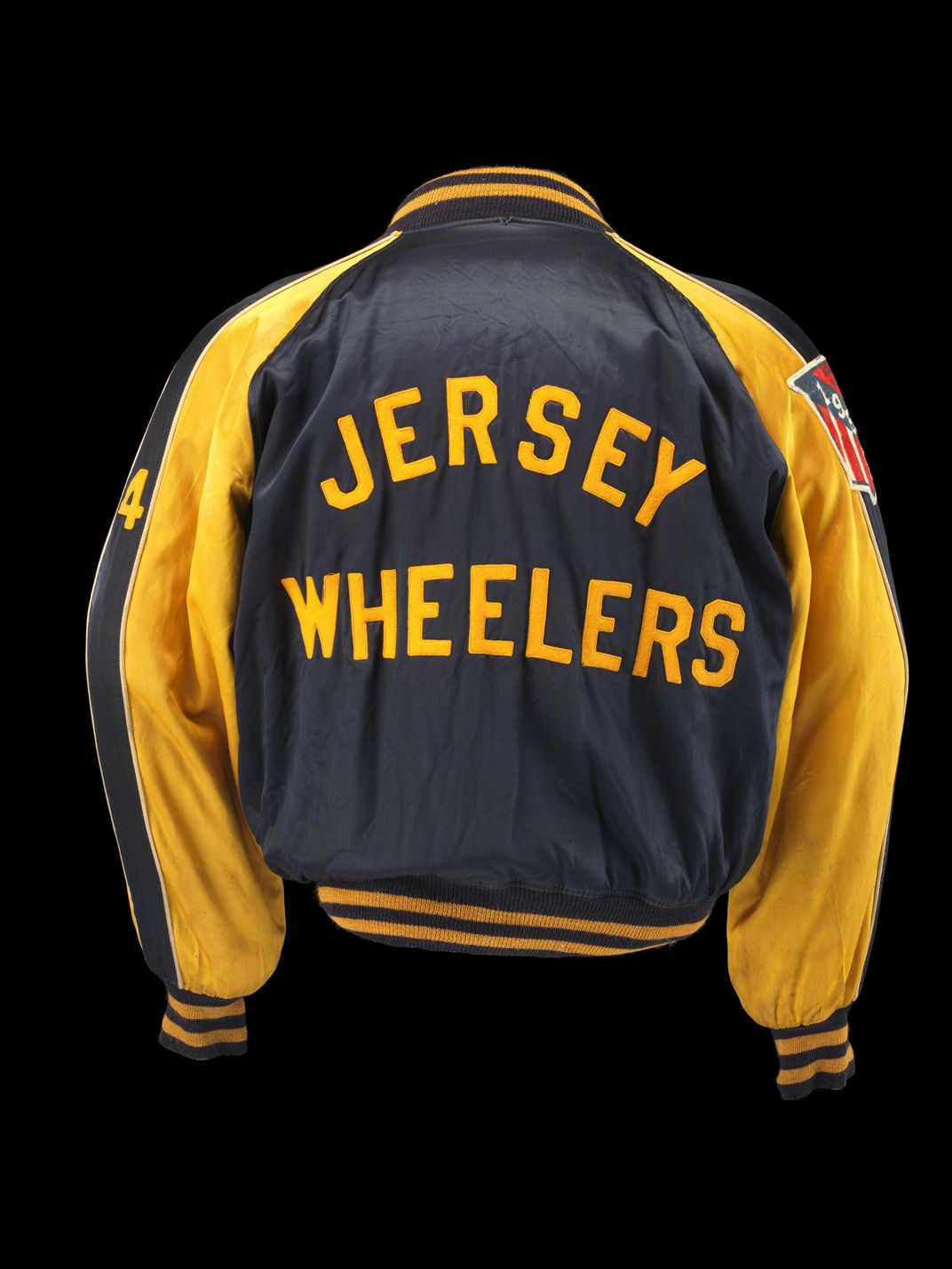
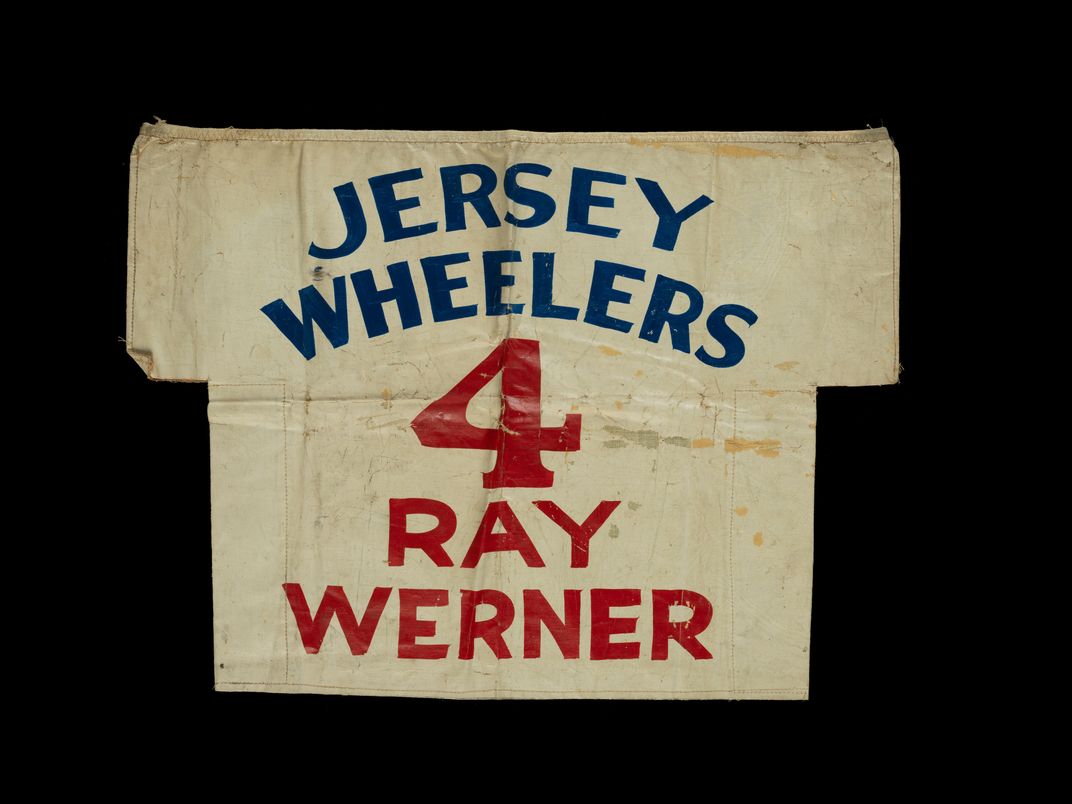
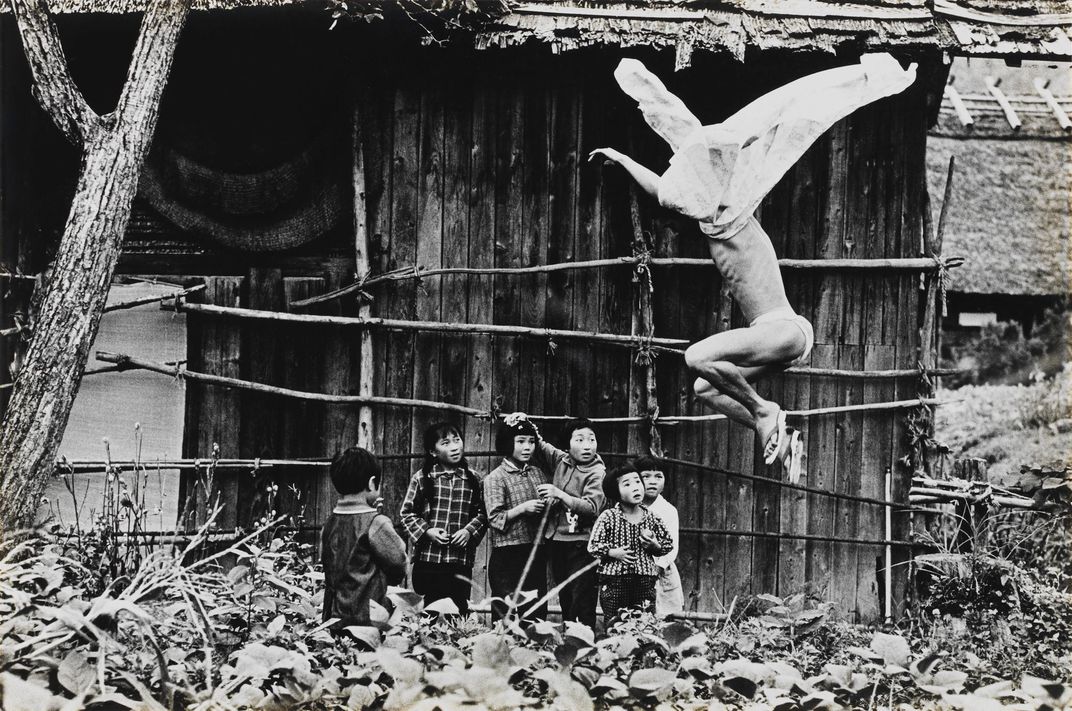

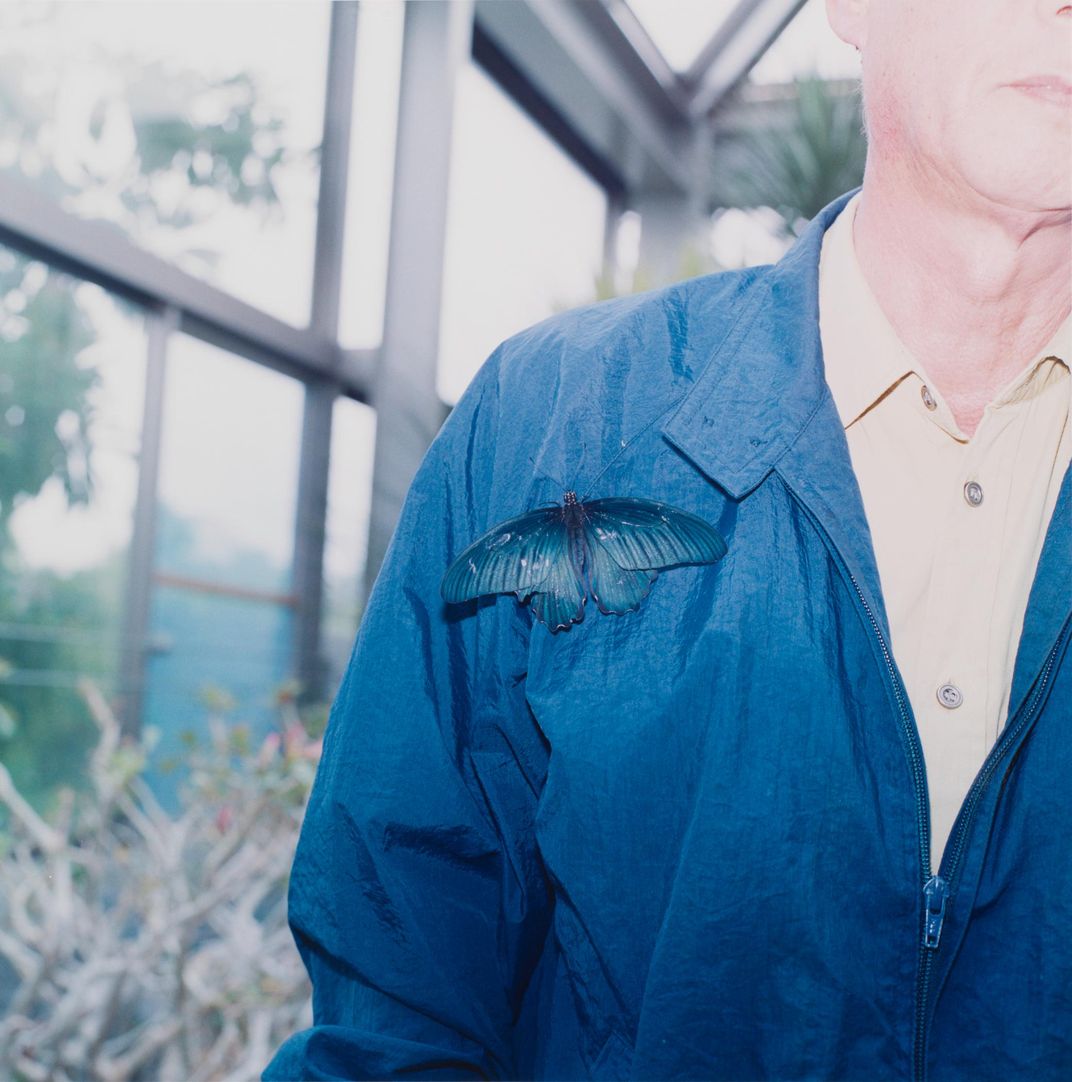


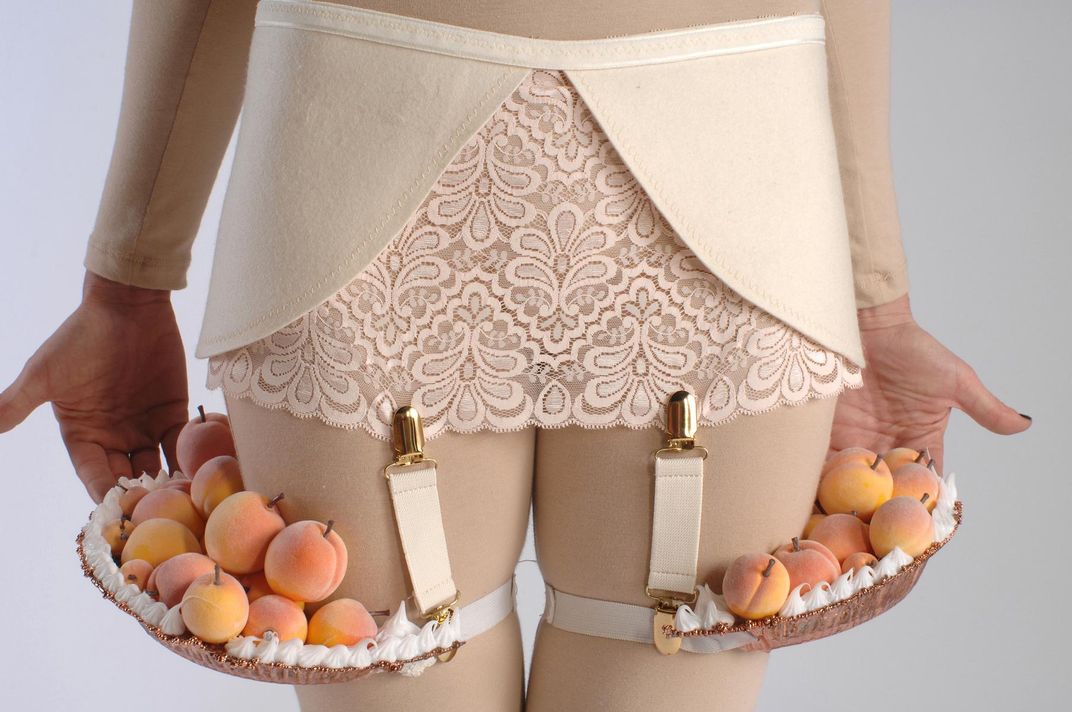
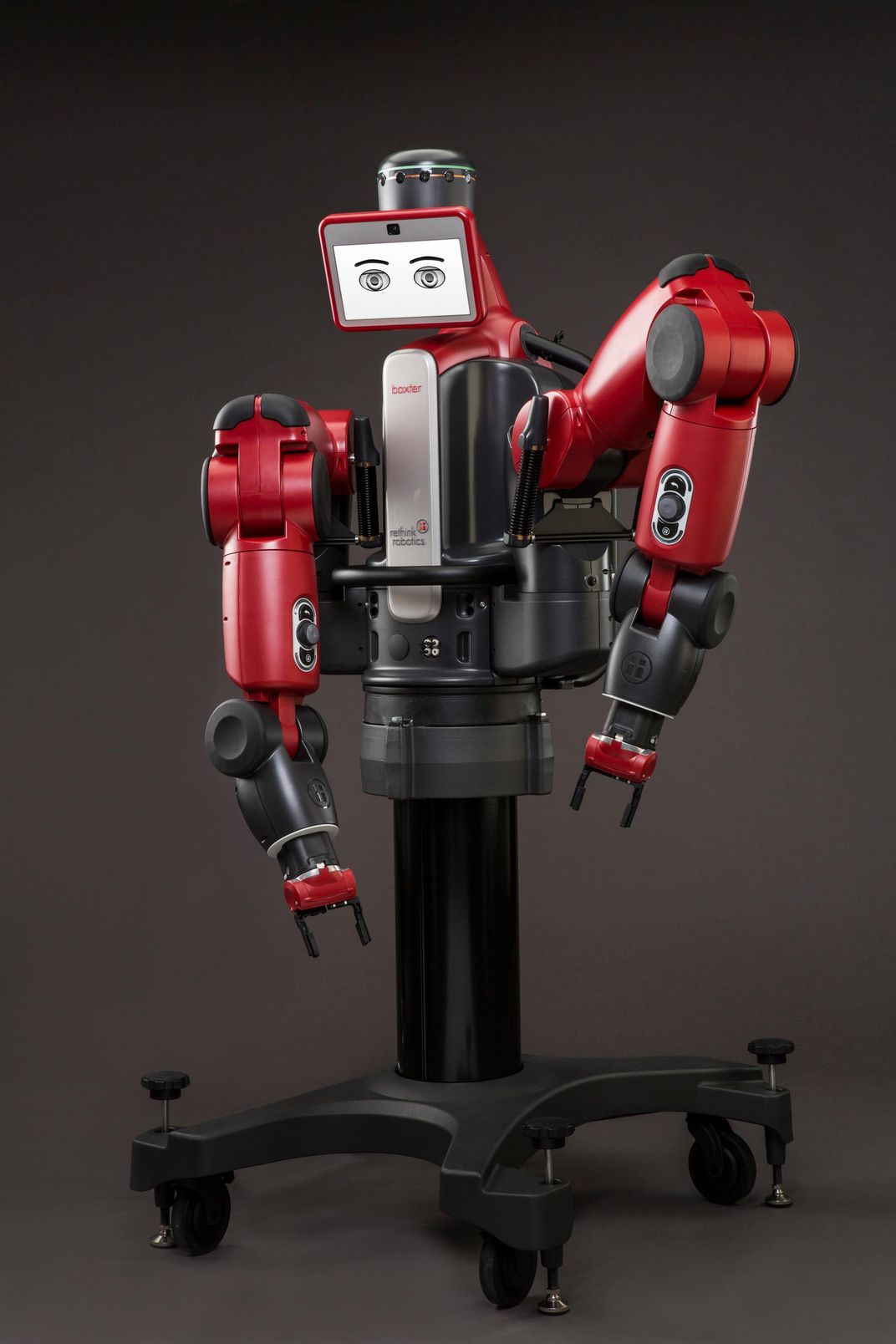



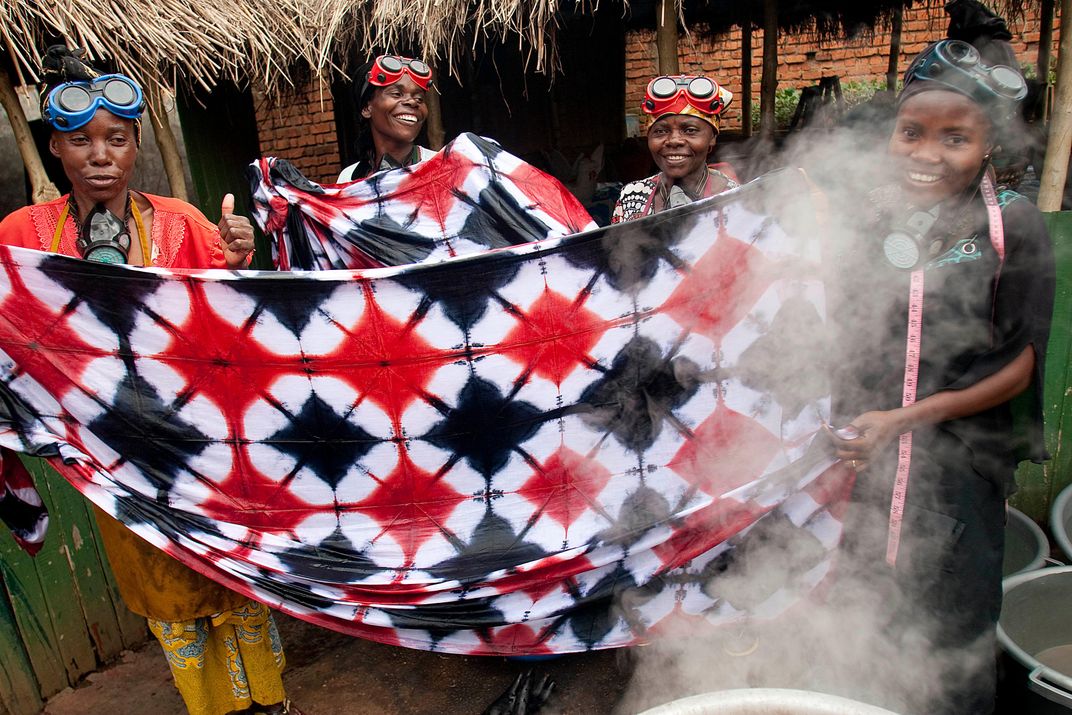
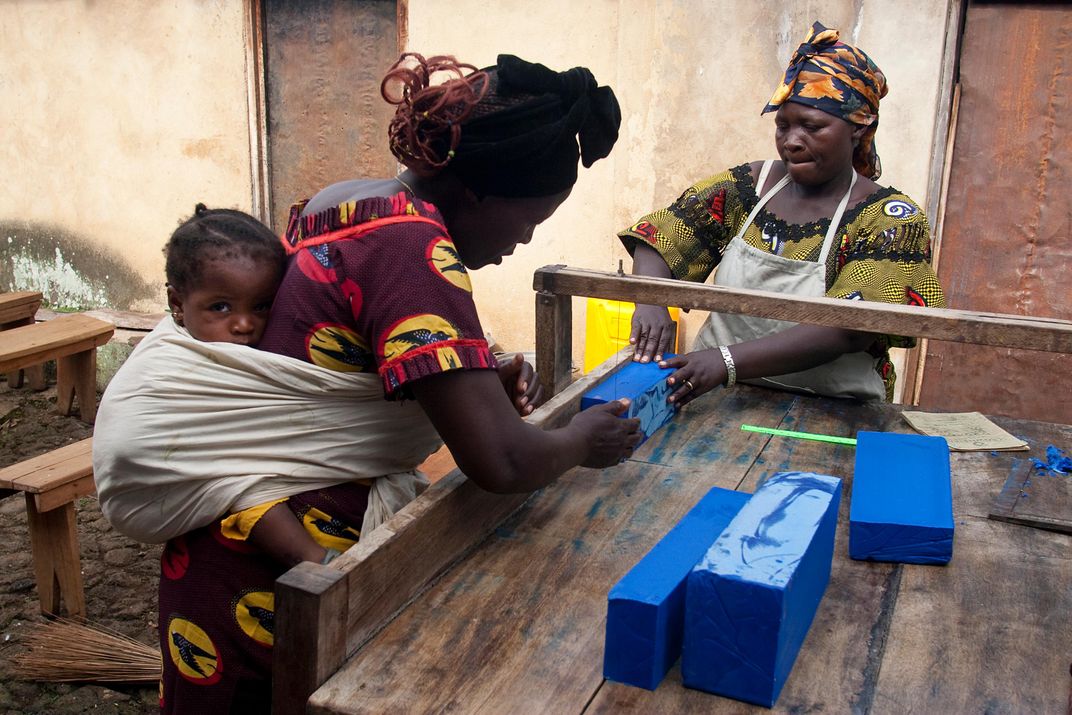



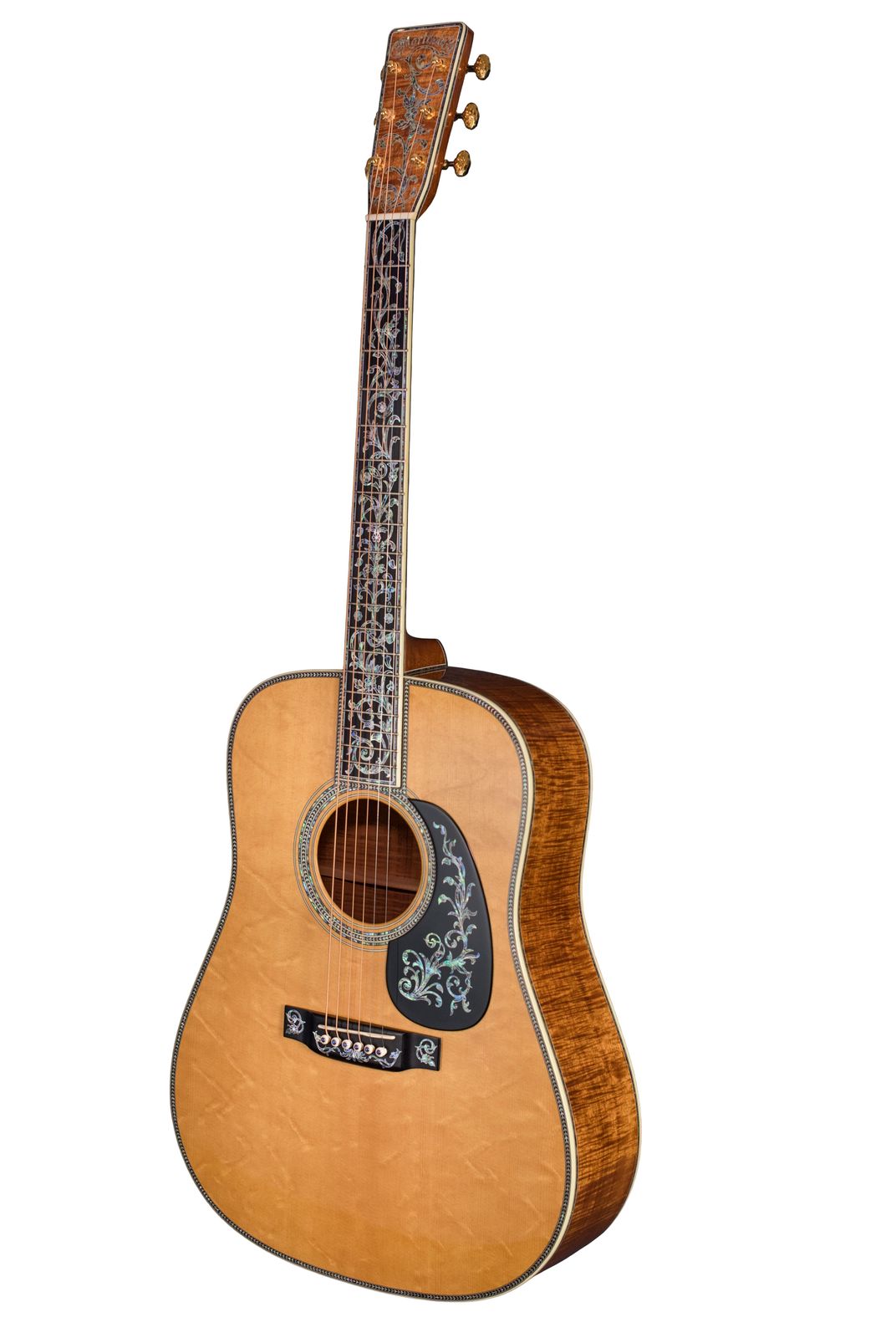
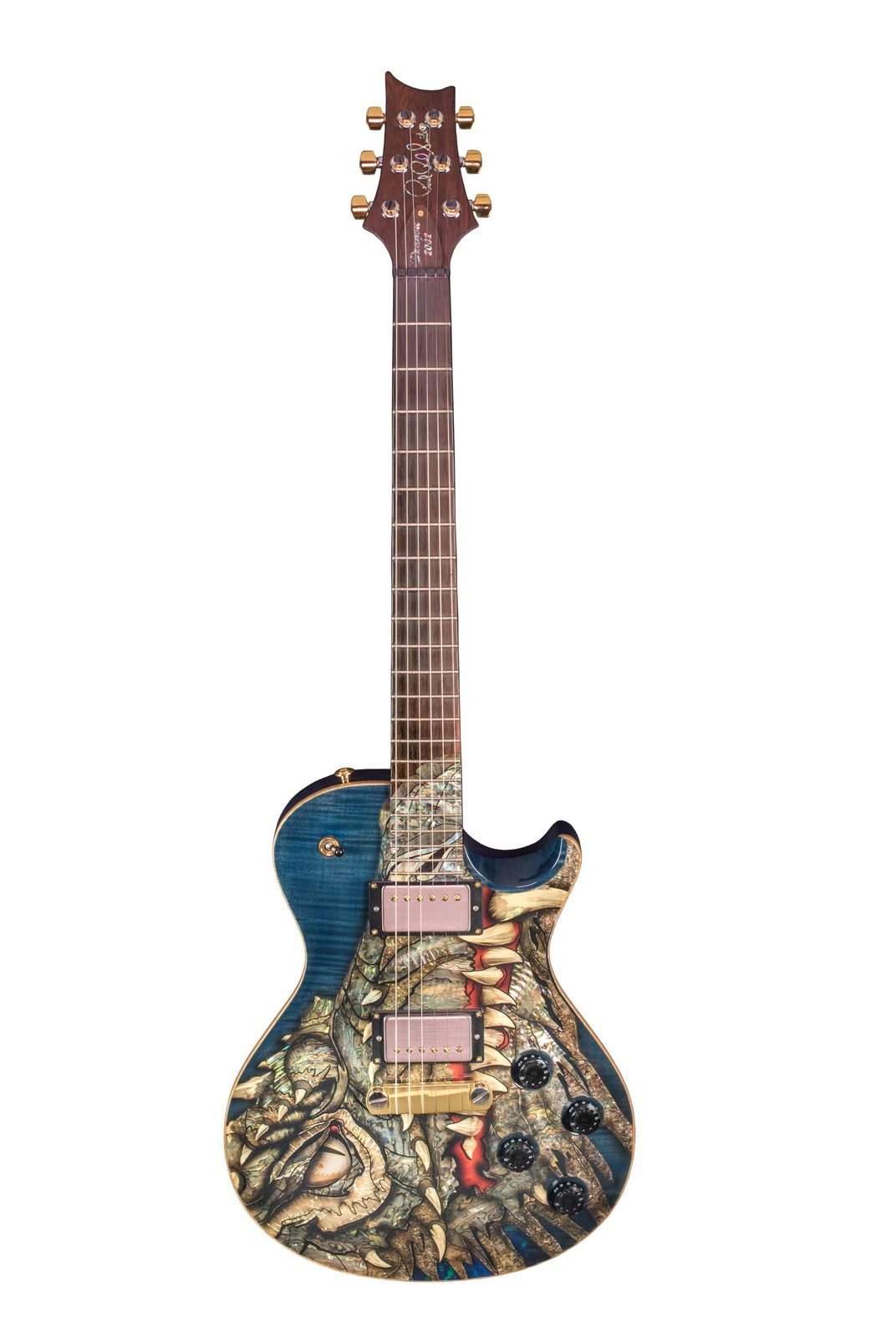
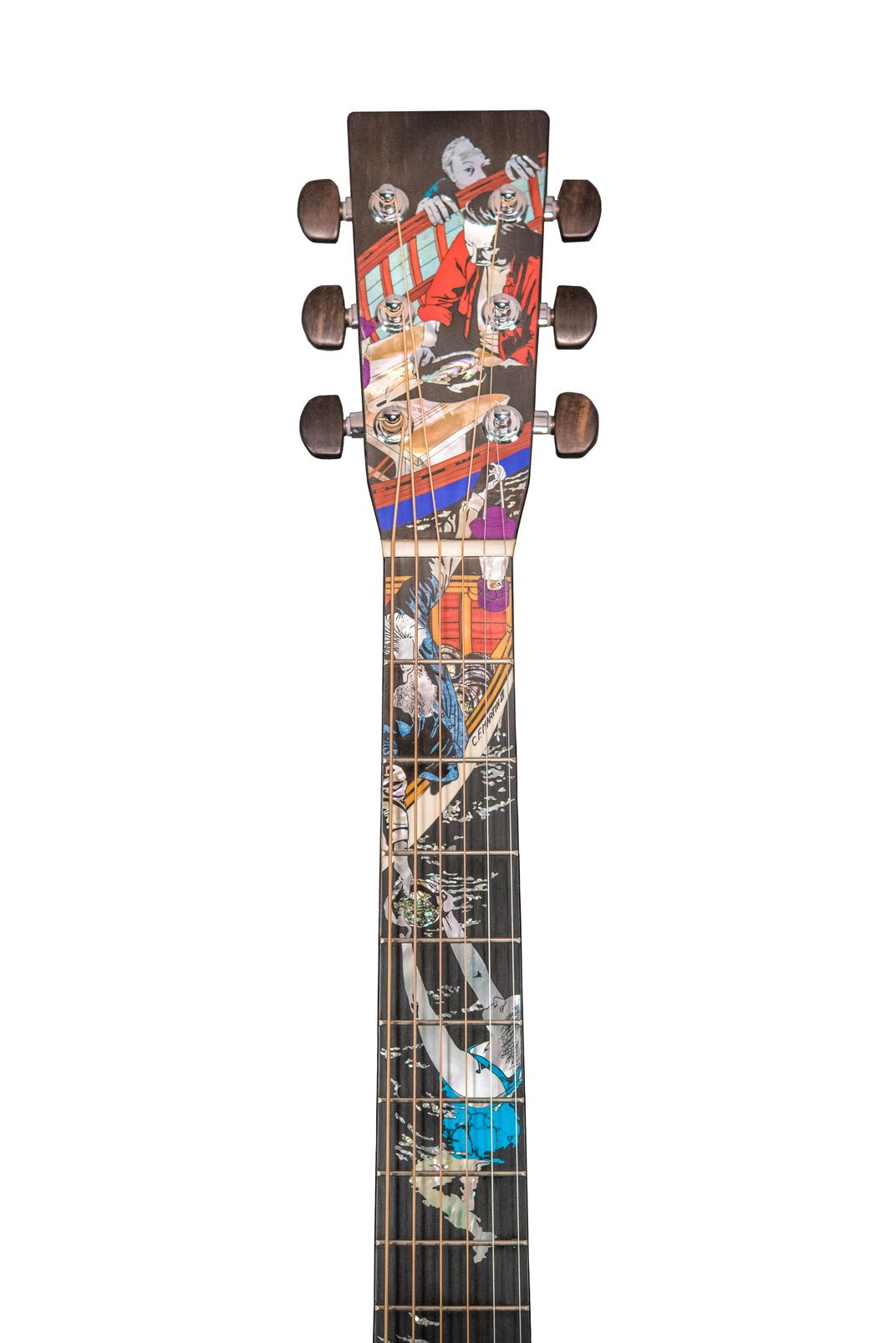
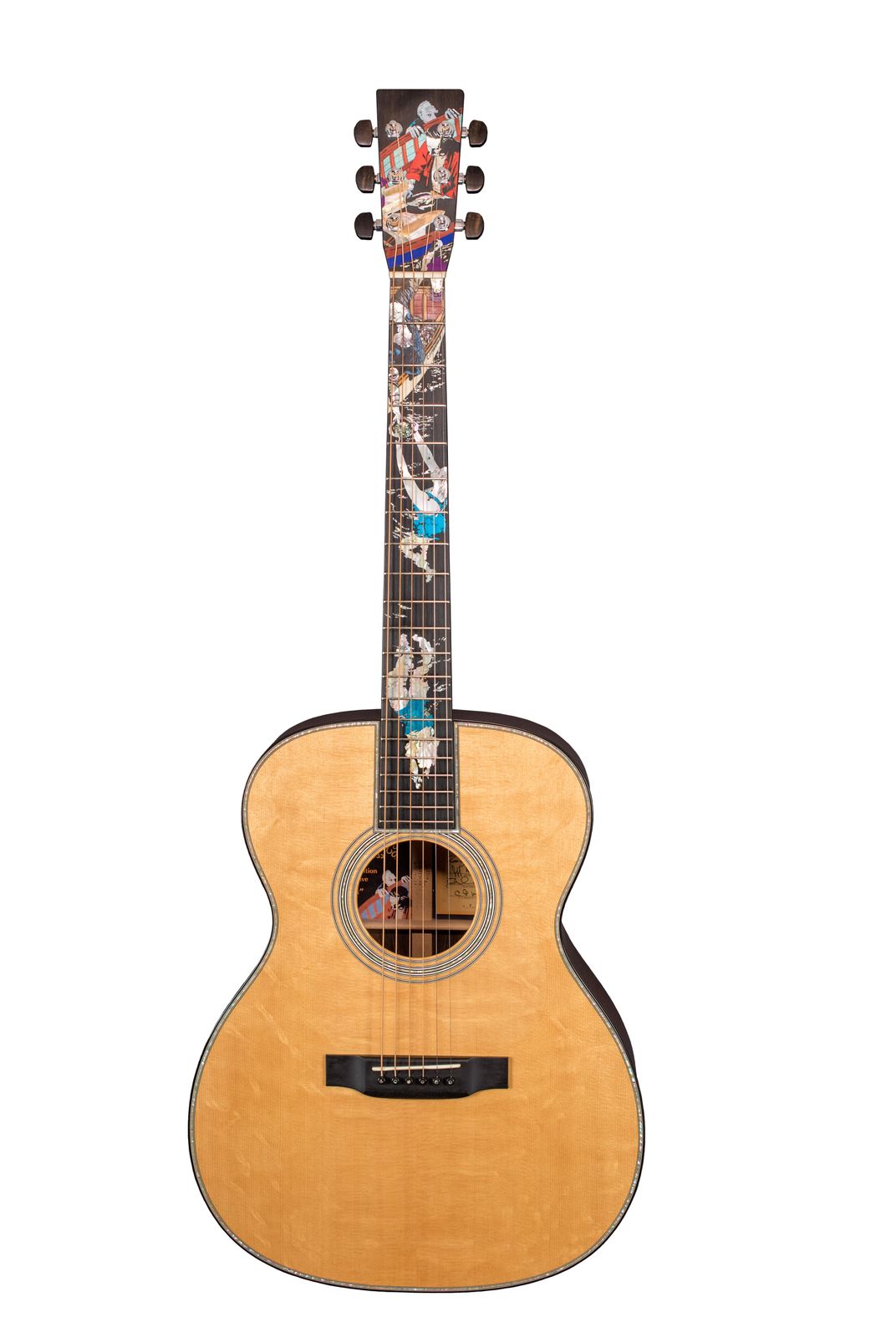
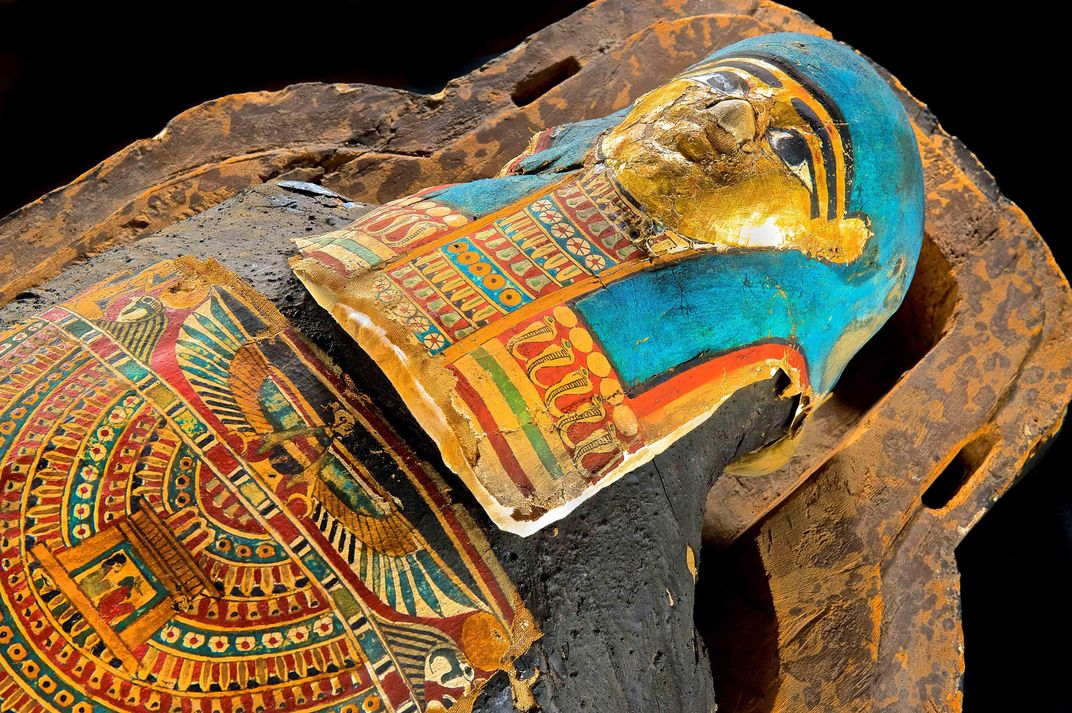
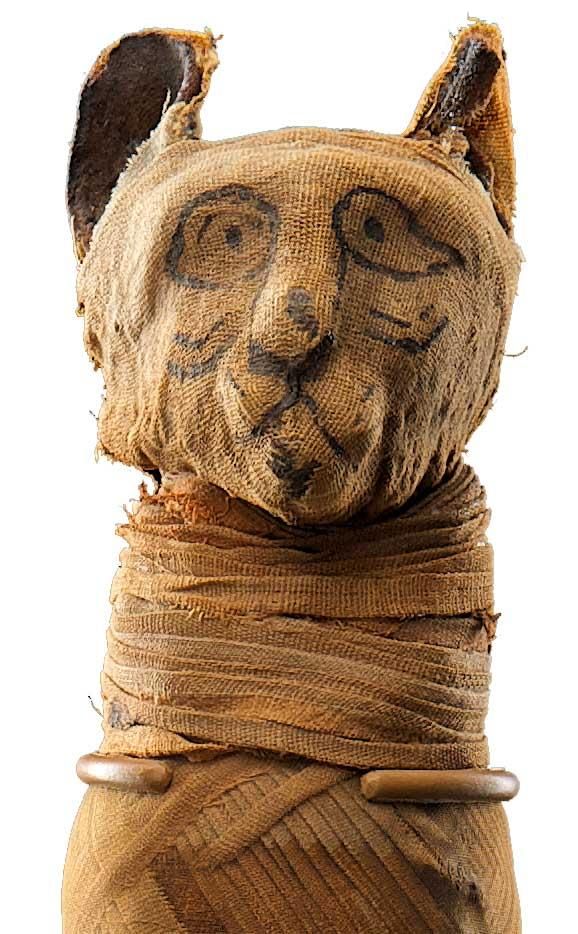

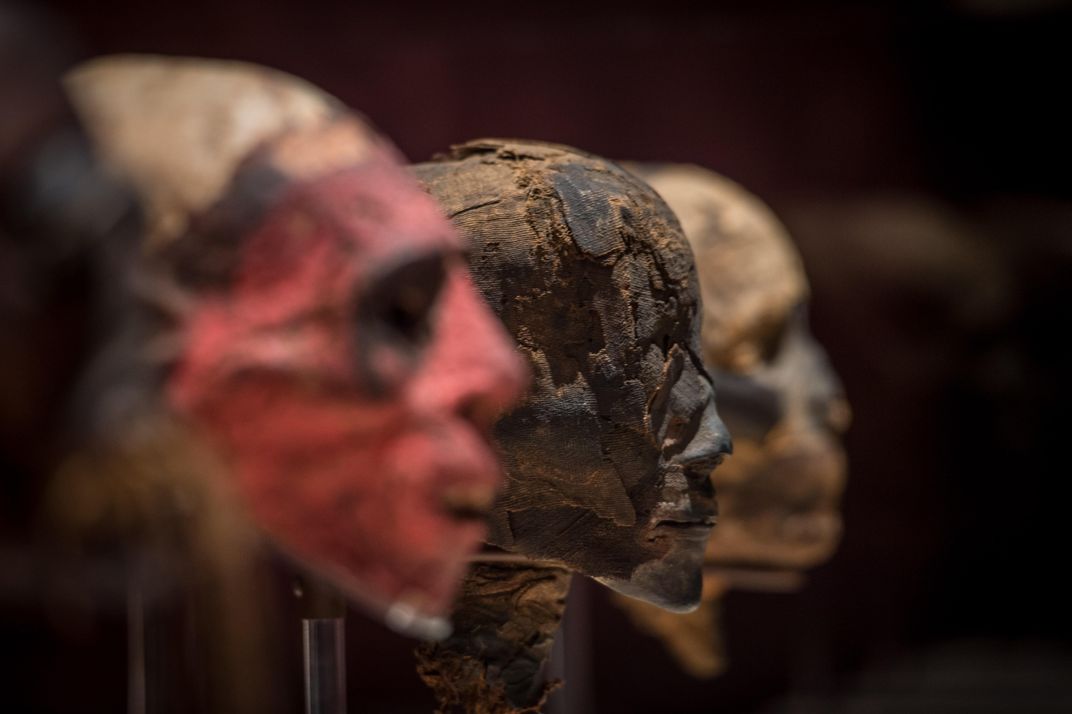
/https://tf-cmsv2-smithsonianmag-media.s3.amazonaws.com/accounts/headshot/JenniferBillock.png)